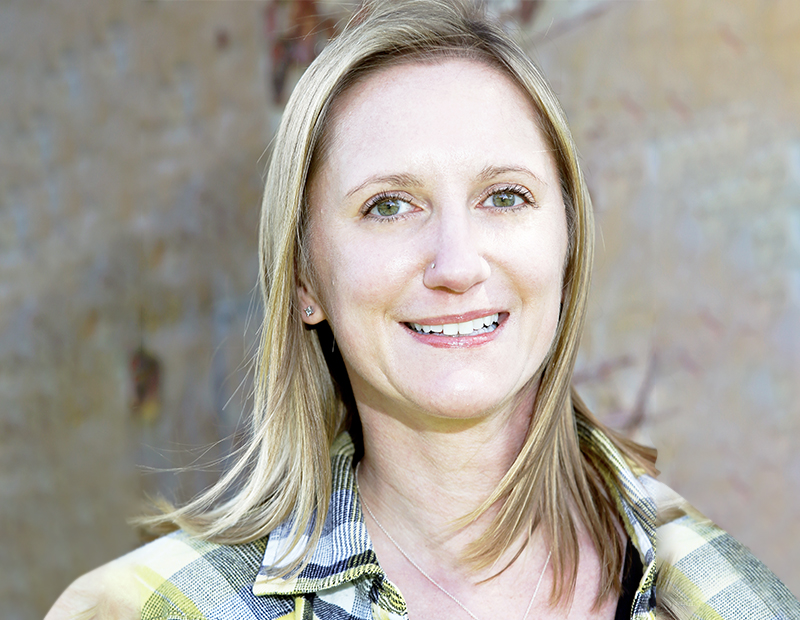Raising the Bar for Greenhouse Gas Reduction
Skanska's Sarah King and Stacy Smedley discuss an innovative open-source tool designed to reduce carbon emissions during development.
The building and construction industries contribute the most to climate change, with carbon being responsible for up to 40 percent of global greenhouse gas emissions, according to recent findings by the Carbon Leadership Forum. With more than 2 trillion square feet of buildings worldwide projected for construction or significant renovation by 2050, the embodied carbon emissions will amount to approximately 3.3 million metric tons of carbon per year, according to the independent non-profit Architecture 2030.
Seeing the urgent need to transform the building and construction sectors from the top contributors to greenhouse gas emissions into carbon-neutral industries, Skanska came together with the Carbon Leadership Forum and other partners—including C-Change Labs, Microsoft and Interface—to develop a breakthrough tool that helps construction teams evaluate project’s carbon footprint.
The Embodied Carbon in Construction Calculator, or EC3, is a free, cloud-based, open-source database of digitized environmental product declarations for over 22,000 products in material categories such as concrete, steel, wood, glass, aluminum, insulation, gypsum, carpet and ceiling tiles. By using the EC3 tool, developers, architects, engineers, and contractors assess and reduce the embodied carbon emissions of a development project during the early stages of planning and design.
Skanska USA’s Sarah King, director of sustainability, and Stacy Smedley, executive director of building transparency and director of sustainability, offer an inside view on the EC3 tool—which was formally launched as a pilot at Greenbuild in November 2019—and its impact on the construction industry.

Sarah King, sustainability director at Skanska USA. Image courtesy of Skanska
Why is a tool like EC3 needed, and what is its potential contribution to managing real estate properties?
Sarah King: For years, we’ve seen a growing focus on improving the energy efficiency of buildings, which drives reductions in carbon emissions from a building’s operational phase.
Stacy Smedley: Skanska has been looking at the embodied carbon footprint of projects for a long time now, but it was historically at the end of the project, as an as-built assessment. As we benchmarked more projects and were able to project the amount of embodied carbon a project might have, we began to ask ourselves how we could actually influence and reduce the embodied carbon emissions of projects vs. just track and report them.
King: The EC3 tool helps developers, architects, engineers, and contractors visualize and reduce another important part of the building life cycle carbon emissions: The “embodied carbon” in the construction materials we use to build our buildings.
Who were the key participants in creating EC3 and how was it developed?
Smedley: EC3 was co-created by Skanska and our development partner C-Change Labs, as a proof of concept, with early support from Microsoft and Interface. Once we had a proof of concept, the development of the tool was transitioned to the University of Washington Carbon Leadership Forum, which incubated the project with funding from grants and the broader AEC industry. Charles Pankow Foundation was our grand administrator and a lead funder.
Magnusson Klemencic Associates Foundation, Autodesk, Skanska and over 50 industry sponsors and partners that gave both funding and time to support EC3’s development and successful launch as a free and open access tool in November of 2019. Upon the successful launch, Building Transparency, a non-profit, was created to continue the tool’s management, development and scaling. (You can find out more about Building Transparency here.)
How does it work?
Smedley: EC3 has two main functions: To find and compare materials, and to plan and compare buildings. Both functions rely on EC3’s robust database of third-party verified Environmental Product Declarations (EPDs) that the tool has digitized.

Stacy Smedley, executive director of building transparency & director of sustainability at Skanska USA. Image courtesy of Skanska
The materials search and comparison function allows a user to select a category, set performance and geographic filters, and query the database. The tool will return a full list of EPDs that meet the user’s criteria and display the range of embodied carbon emissions in kgCO2 emissions per declared unit—for example, kgCO2e/cy for concrete. This allows the user to compare the data by manufacturer and production location.
The plan and compare buildings function allows a user to input material quantities from BIM or construction estimates to create a project-specific accounting of embodied carbon emissions per material category. The tool helps the user estimate achievable reductions based on the supply chain-specific data pulled from the EPD database. This allows a project team to set reduction targets at the project level, as well as go back and select the actual products used to see realized savings. This function can also be used to begin benchmarking projects by type and scale.
At what point in the project phase have users found the using EC3 most useful?
King: Unlike operational carbon—which you can influence during a building’s lifetime through an HVAC upgrade or other retrofit—we only get one bite at the apple to reduce the embodied carbon in the core and shell of a building. Given the significant reduction opportunities, it’s really important for those involved with building design and construction to take this opportunity to make carbon intensity a factor in the construction material procurement process. We are using the EC3 tool across all of our projects in design phase and are finding that the achievable embodied carbon reductions are equivalent to the carbon emissions associated with operating the building for 10-20 years or more.
Why did the team decide to make it an open-source tool?
Smedley: Once a proof of concept of the EC3 tool was achieved, the founding partners agreed that this was something the entire industry should benefit from. We also had seen the success of other collective impact initiatives at the Carbon Leadership Forum, such as the embodied carbon benchmarking study Skanska helped fund and contributed to, and it was clear that the tool’s incubation would be most successful with broad industry support and input. We also believed that a free, open-access tool would be the fastest path to scaling its impact.
Are there concerns that the pandemic will hamper investment in energy efficiency tools?
Smedley: Despite continued uncertainty around the depth and duration of this pandemic, the EC3 tool is seeing continued demand and adoption with over 6,500 registered users as of May 15th and ongoing support from its industry partners and sponsors. One silver lining in all of this could be the drive for investment in innovation and infrastructure. Low-carbon materials, carbon capture technology and renewable energy are all areas that are already of interest and could see an uptick in investment and speed of adoption.
King: The ability to measure and reduce embodied carbon in the buildings we develop gives us an opportunity to open up a more in-depth conversation around carbon with prospective tenants who lease space and investors who buy our buildings. As more cities, companies, and other organizations have ambitious targets around reducing their carbon footprint, we see how actions to decarbonize our value chain will help our customers do the same.







You must be logged in to post a comment.